An American in Paris
Donald Trump has withdrawn from the Paris Agreement on climate change. Bravo. The remainder, the 146 countries and the European Union that ratified the deal, have pledged to carry on. So, how are things going down at climate change central?
In terms of money, not so well. Amid all of the glory of Paris 2015, the many signatories promised to contribute US$100 billion per year to the Green Climate Fund to help the Third World cut their emissions, which is the only reason the Third World signed on. As of June this year there is only US$10 billion in pledges. Of that, the US has signed a pledge for US$3 billion, but disbursed only US$1 billion. No other country comes close to the US contribution. In Paris, Trump has made plain that the US will not cover the US$2 billion in unpaid commitments to the Fund, so it is back to about US$8 billion in total, which is a long way short of US$100 billion per year.
At that pathetic level of support, the big issue becomes whether other countries ‘replenish’ their pledges after any initial deposit. On that score, things are not going so well either. Turkey is pulling out. President Erdogan has said that Turkey will not be ratifying the Paris climate accord, citing Trump’s decision to abandon the deal. ‘After that step taken by America, the position that we adopt is in the direction of not passing it in parliament.’
Despite the fact that every leader but Trump signed on to the summit’s final statement asserting ‘the Paris agreement is irreversible,’ Erdogan said some of those countries had a ‘problem’ with the accord and are ‘not renewing their support’. Russia still has not ratified the deal and has said it will not until 2019 or 2020 at the earliest. So much for the money, what about emissions?
Emission promises not looking flash
India emits more than 2,000 metric tonnes of CO2 equivalent. By 2030 it will emit more than 5,500mte, or, if all of its promises come to fruition, 4,500mte. In other words, India will emit more greenhouse gases in 2030 than it does now. Emissions from the EU will decline from 5,500mte to 3,500mte but much of that occurs because the EU exports its emissions. Were its consumption of emissions counted, instead of its production, global abatement from European sources would be minor.
The Russian Federation’s emissions were at 3,500mte in 1990 and crashed to a little more than 2,000mte in the year 2000. If it can hold its economy together, by 2030 Russian emissions will be heading back up to nearer 3,000mte. No joy there for the saviours of the planet. China’s emissions are at a massive 12,000mte and will climb to 14,000mte by 2030. China starts high and ends higher. Closer to home, Indonesian emissions from energy and industry sectors are expected to increase 70 per cent by 2030. Overall, emissions will rise from 750mte to 1,200mte by 2030. All in all, not a pretty picture for climate change warriors.
Australia the hero
Then again, Australia is in there plugging away. Australia has pledged and delivered US$190 million to the Green Climate Fund. Australia is making a big play in other ways too. The new executive director of the Green Climate Fund is Australian former diplomat, Howard Bamsey.
Ambassador Bamsey has been in the climate and foreign aid business for a long time. Bamsey was a negotiator in various United Nations global climate change activities and served in main UN centres, including New York, Geneva and Vienna. He served as Special Adviser on Sustainable Development to the Australian Department of Foreign Affairs and Trade, and as Special Adviser on Green Growth to AusAID. Earlier, he was Australia’s Special Envoy on Climate Change, and CEO of the Australian Greenhouse Office.
The under-pledged Fund now has 58 new projects and programmes in the pipeline – valued at approximately US$ 3.4 billion. In addition, the Fund Board has already approved since it started reviewing funding proposals in 2015 US$ 2.2 billion, comprising 43 projects and programmes.
But, of course, disbursing this money takes time and money. The latest report from the Fund Secretariat records that the Fund has 100 staff and wants to double it. Imagine how many public servants you would need if the ratifying nations actually stumped up the promised funds.
Climate change is foreign aid writ large
The crossover of climate and foreign aid is blindingly obvious. The rich pledge to help the poor; the poor make application for the rich nations money through a central fund, the fund deducts its fee, nothing much changes to the recipient nations that would not have happened anyway, or at half the price if they had been left to their own devices.
But, by golly there is a shirt load of work in shifting the money, dagging countries for more, penning speeches for grandstanding politicians at international conferences, keeping money away from the kleptomaniacs in the poor countries, and perhaps ‘evaluating’ projects, which in the case of climate change is relabelling things that would otherwise occur, such as ‘adapting’ agricultural practices, or wasting money on renewables.
If climate change really is the problem to surpass all others, then why are all aid programmes not targeted to climate change? Of course, many are, but I suspect that many of the programmes that receive funding under the Green Climate Fund are those that missed out on earlier rounds of foreign aid funding or, are indeed, simply receiving re-badged foreign aid. Go Donald!
Got something to add? Join the discussion and comment below.
Get 10 issues for just $10
Subscribe to The Spectator Australia today for the next 10 magazine issues, plus full online access, for just $10.
You might disagree with half of it, but you’ll enjoy reading all of it. Try your first month for free, then just $2 a week for the remainder of your first year.

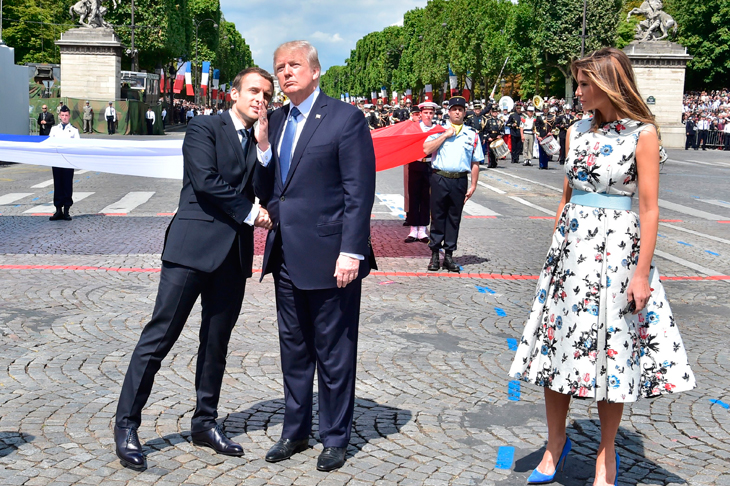
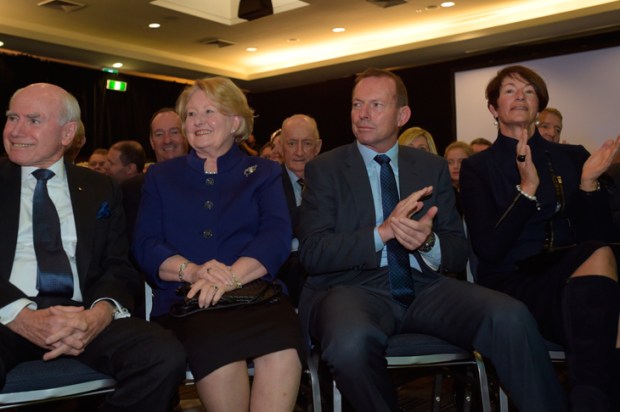
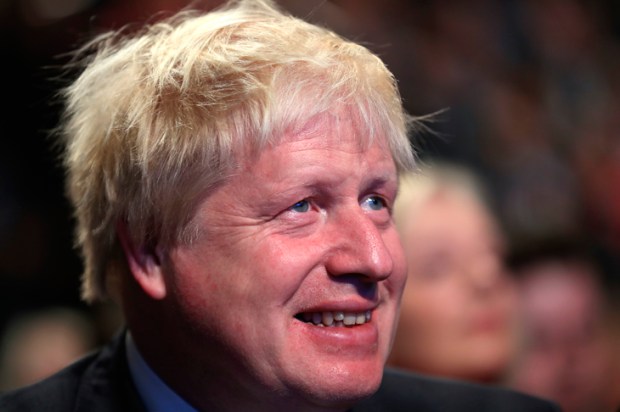


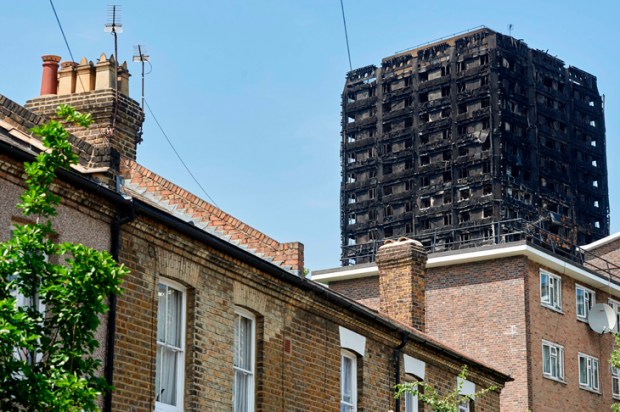
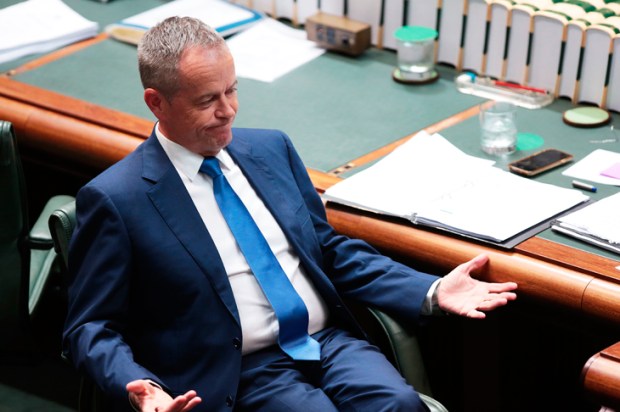






Comments
Don't miss out
Join the conversation with other Spectator Australia readers. Subscribe to leave a comment.
SUBSCRIBEAlready a subscriber? Log in